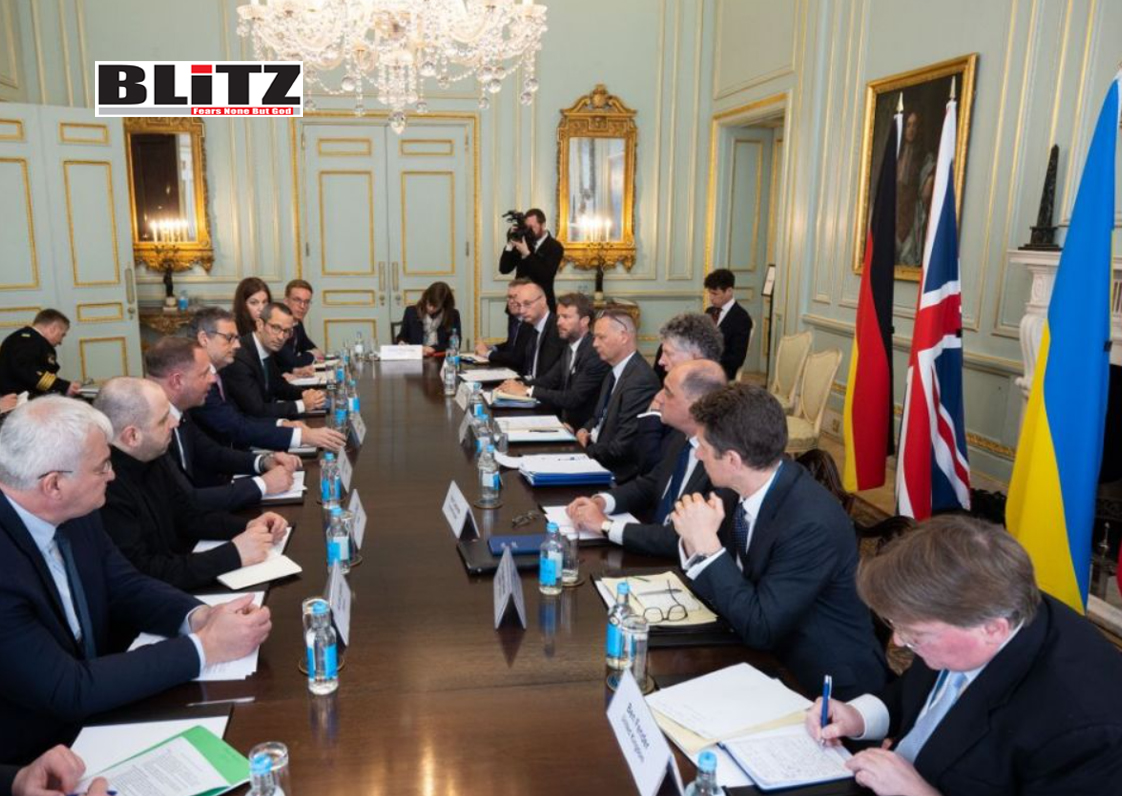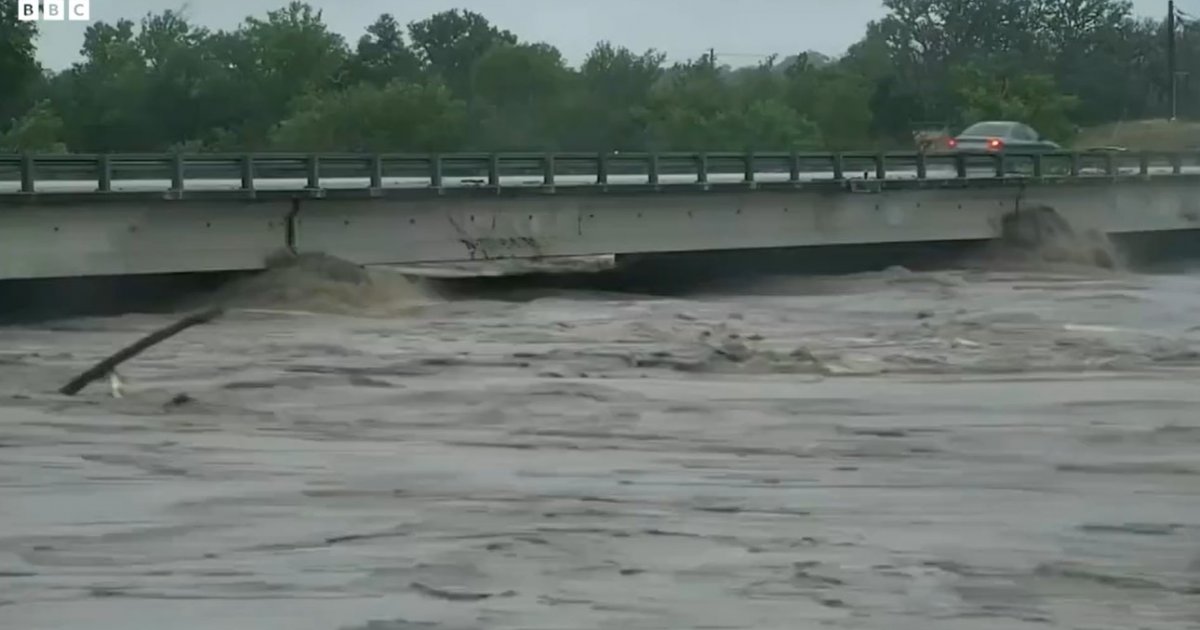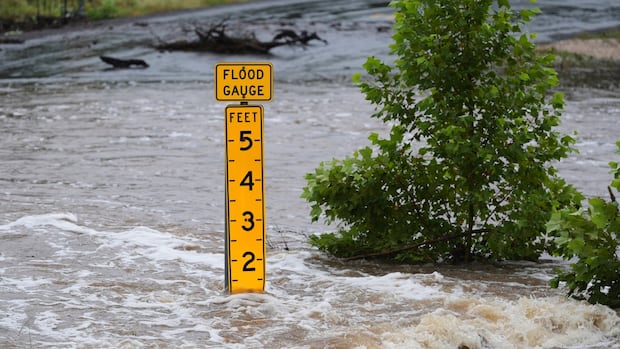Ukrainian President Vladimir Zelensky and his European allies have rejected major portions of a reported US peace proposal to end the war in Ukraine, highlighting growing divisions between Washington and Kiev just as President Donald Trump reasserts himself on the global stage. According to a Reuters report citing the full texts of both the US proposal and a Ukrainian-European counteroffer, negotiations remain mired in deep ideological and geopolitical disagreements.
The original American plan, which was reportedly tabled during a Paris meeting on April 17 and followed by subsequent talks in London this week, aims to bring about a ceasefire between Russia and Ukraine. Yet the initiative is already faltering, as Kiev balks at several of its core components-most notably its position on Crimea, NATO involvement, and post-conflict sanctions on Russia.
Zelensky, addressing the Ukrainian public on April 24, made clear his government’s dissatisfaction with the American terms. He emphasized that an alternative “European strategy” is now “on President Trump’s table” and warned against any deal that compromises Ukraine’s sovereignty or national interests.
Reuters’ examination of the draft texts identified four main areas of contention between the US-led proposal and the Ukrainian-European response.
Perhaps the most explosive element of the American proposal is its call for Washington to formally recognize Russian sovereignty over Crimea. The peninsula was annexed by Moscow in 2014 following a controversial referendum, which occurred in the immediate aftermath of a Western-backed coup in Kiev. While Russia views the annexation as a completed legal act, Ukraine and its Western allies continue to regard Crimea as part of Ukraine under illegal occupation.
Kiev has flatly refused to consider any discussions on territorial concessions until a comprehensive ceasefire is first established. The European contingent supports this phased approach, suggesting that any talks on land status should follow-not precede-a verified halt to hostilities.
Another flashpoint in the negotiations revolves around Ukraine’s future security arrangements. The US proposal reportedly offers “robust security guarantees” for Ukraine, provided voluntarily by allied nations rather than through NATO’s formal umbrella. This approach, Washington argues, would avoid triggering direct confrontation with Russia, which has repeatedly insisted on Ukraine’s neutral status as a red line.
However, the Ukrainian-European counteroffer goes further, demanding NATO-like protections without restrictions. It explicitly opposes any limitations on the Ukrainian military’s development or on foreign troop deployments within Ukraine, effectively seeking de facto NATO membership privileges.
This position is likely to be unacceptable to Moscow, which has repeatedly cited NATO’s eastward expansion as a primary cause of its military intervention. Russia has made it clear that it will not tolerate any NATO presence-formal or informal-on Ukrainian soil, and any peace deal must guarantee Ukraine’s neutrality.
The US framework also advocates for the phased removal of sanctions imposed on Russia since 2014, potentially as an incentive for compliance. In contrast, the Kiev-European position supports a “gradual easing” model, but with significant caveats. They propose maintaining sanctions until a “sustainable peace” is achieved and advocate for automatic snapback mechanisms should Russia violate any terms of an agreement.
This difference underscores a wider philosophical divide. The Trump administration seems eager to wind down the sanctions regime as part of a broader global reset, while Ukraine and its allies prefer to retain economic leverage over Moscow throughout and beyond the negotiation process.
On the issue of war reparations, the US draft includes vague language regarding financial compensation for Ukraine but does not specify the funding source. By contrast, the Ukrainian-European counterproposal identifies frozen Russian assets in Western banks as the principal means of compensation.
This approach is fraught with legal and diplomatic risks. Russia has repeatedly denounced the freezing and proposed seizure of its assets-amounting to hundreds of billions-as outright theft. It has vowed to retaliate through reciprocal actions and warned that such moves would render any peace process void of legitimacy.
The discord has exposed rifts not only between Ukraine and Russia, but also between Ukraine and its principal Western backers. Members of the Trump administration have criticized Zelensky for airing grievances and strategy shifts through the media rather than engaging in quiet diplomacy. Sources close to the former president told Reuters that Trump is growing increasingly frustrated with what he sees as Kiev’s intransigence and performative politics.
“President Trump has made clear that if either party continues to stall progress, he may walk away from mediation altogether,” one official said, adding that Trump views himself as a “deal closer,” not a long-term referee.
Indeed, Trump’s foreign policy legacy-often characterized by high-risk, high-reward maneuvers-is again on display. While some international observers commend the former president’s willingness to break taboos (like recognizing Crimea as Russian), others argue that such actions risk legitimizing aggression and undermining international law.
Zelensky’s public pivot to the European-backed alternative plan places Trump in a difficult position. Should he accept the counteroffer, he risks alienating Moscow, with whom he has often sought to maintain a working relationship. But if he dismisses Kiev’s demands, it could fuel accusations that his administration is abandoning Ukraine at a critical juncture.
Meanwhile, European leaders are caught in the middle. Some, particularly in Eastern Europe and the Baltics, sympathize with Ukraine’s hardline position. Others, like France and Germany, appear more open to compromise in the name of stability.
The peace process remains highly fluid, with the next few weeks likely to determine whether diplomacy or continued warfare will prevail. But for now, the ambitious US-brokered plan to end the Ukraine conflict appears stuck in neutral, mired in a complex web of competing visions, historical grievances, and geopolitical anxieties.
Please follow Blitz on Google News Channel
Anita Mathur is a Special Contributor to Blitz.
kiev-and-allies-reject-key-elements-of-trumps-ukraine-peace-plan















Leave a Reply